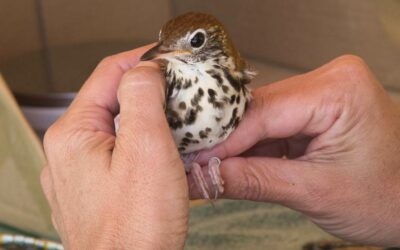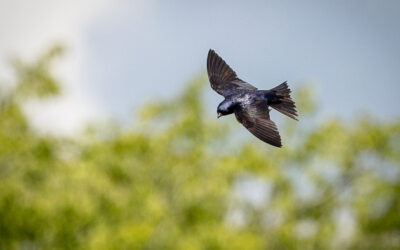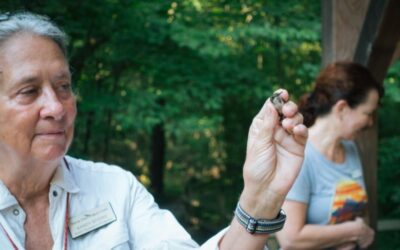B.I.R.D. Program
BIRD INFORMATION RESEARCH AND DATA
Make a Donation
Volunteer
BIRD Events
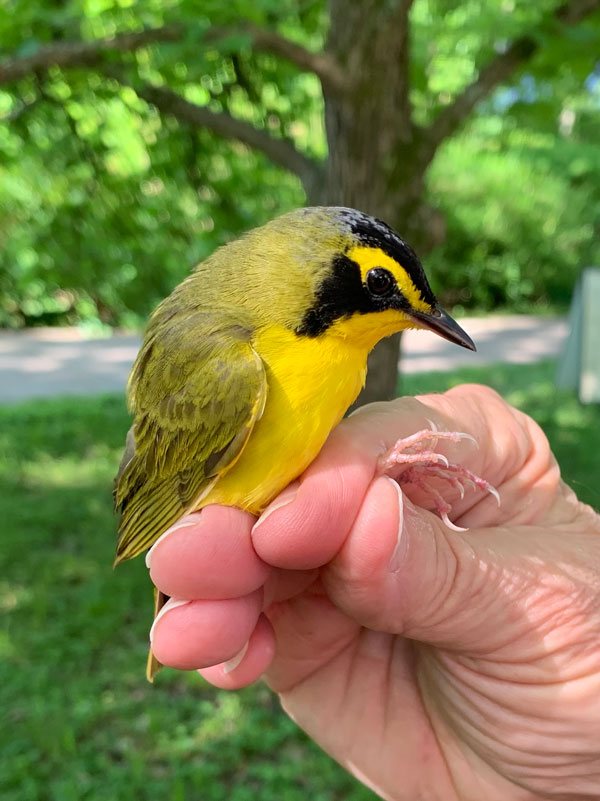
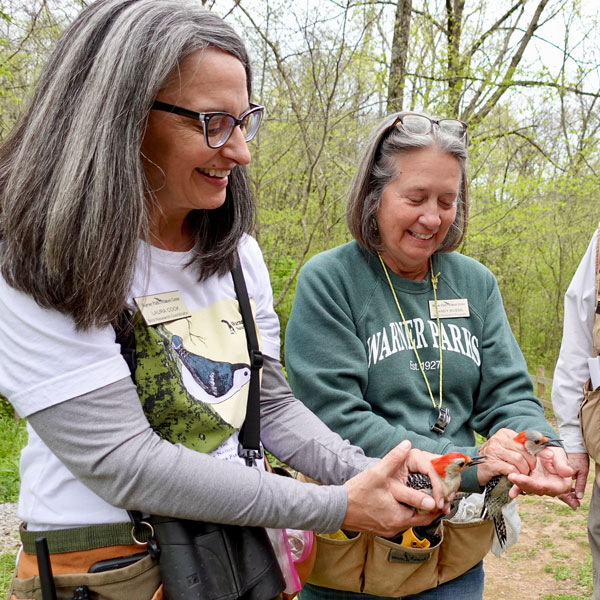
A Legacy of Avian Research
The Warner Parks B.I.R.D. Program contributes to our understanding of the long-term health and viability of bird populations while fostering respect and stewardship for birds, their habitats, and nature.
This group of dedicated researchers and volunteers host a year-round banding station, conduct cutting-edge avian research, and engage in community outreach and education to sustain and enrich birds, their habitats, and each other.
The B.I.R.D. Program is open to Warner Parks visitors and avian enthusiasts alike. Join us at an upcoming event!
2023 B.I.R.D. Program Annual Report
Who We Are
Avian Research
We manage a year-round bird banding station focused on spring, fall, and winter migration, MAPS, and Motus. We also focus on Eastern Bluebirds, Purple Martins, Hummingbirds, Barn Swallows, and Owls.
Public Engagement
Our program connects with 3,500 visitors annually through the public Warner Park Banding Station, bird hikes, naturalist programs, migration celebrations, and banding festivals.
Volunteering
The BIRD Program is able to continue the legacy of avian research and public engagement with the help of our trained and dedicated volunteers.
Partners
Our team informs habitat management plans at local and regional levels, collaborating with metro nature centers, the Regional Motus Working Group, Bird Safe Nashville, and the Urban Bird Treaty Program.
Latest B.I.R.D. News
Hemispheric Avian Research: Radio-tagging Wood Thrush Through Motus
The Warner Parks BIRD Program is participating in a hemispheric research and conservation with a goal to radio tag 600 Wood Thrushes globally.
Purple Martins are Returning to Nashville!
Each March, Purple Martins return to Nashville from South America to roost, signaling the arrival of spring.
2023 Hummingbird Migration Report: Warner Parks BIRD Program
October can be a bittersweet month for those of us who love hummingbirds. These amazing creatures, among the tiniest birds in the world, have graced our yards and gardens throughout the summer but are now headed back to Mexico and Central America for the Winter....
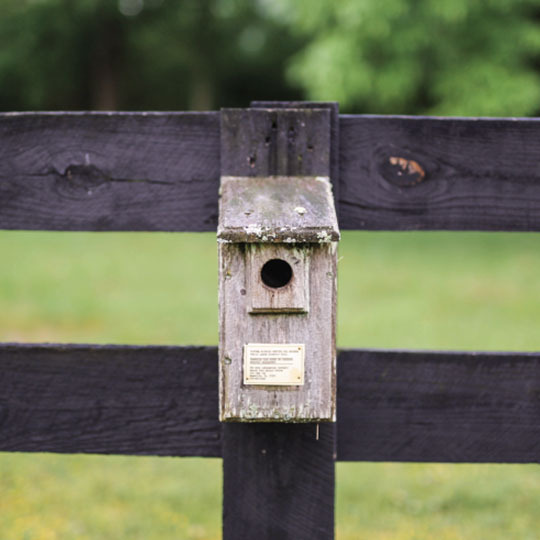
Did You Know?
Warner Parks Has the Oldest, Continuous Eastern Bluebird Nest Box Project in the U.S.!
It was started in 1936 by Amelia Laskey to monitor nesting success of bluebirds. Dedicated volunteers continue this research project today monitoring 50 nest boxes throughout Warner Parks from March through September.

Fun Fact
Eastern Bluebirds Are Secondary Cavity Nesters
This means they need another animal like a woodpecker to first excavate their breeding cavity. Today, many of us supplement these natural cavities with nest boxes.
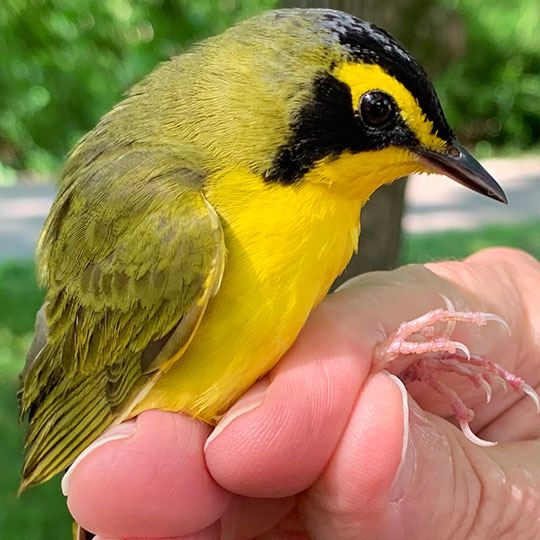
Did You Know?
Kentucky Warblers Fly From Central America to North America Each Spring.
Late June is a great time to observe the Kentucky Warblers in Warner Parks, neotropical migrants that fly a great distance each spring to breed and raise their young. Thanks to the BIRD crew and the illuminating discoveries of bird banding, we have documented evidence of adult pairs returning year-after-year to nest in the same area in our parks. Talk about cross-continental consistency!
Current Research & Collaboration
Long-term Fall & Spring Migration Bird Banding
Migration is the most dangerous time during the life cycle of a bird. Ongoing since 1982, our migration banding research focuses on long-term trends in species composition, numbers, longevity, timing & health/condition of migrating birds, and understanding the importance of Warner Parks as a migratory stop-over site. Spring migration banding is in April and early May while Fall migration banding is from September through mid-November.
Long-term Winter Bird Banding
Many of our resident bird species and northern migratory bird species spend the winter here in Middle Tennessee. Ongoing since 1983, our winter banding research in January and February focuses on long-term trends in species composition, numbers, the timing of arrival & departure of winter residents, and species longevity.
Read More:
Monitoring Avian Productivity & Survivorship (MAPS)
Ongoing since 1991 as the oldest MAPS banding station in Tennessee, this summer banding research project from May through early August is a partnership with the Institute for Bird Populations. This continent-wide collaborative banding effort is focused on identifying bird populations and understanding breeding habitats and the relationships between population changes and weather, climate, and habitat loss.
Hummingbird Migration Banding
Each year in August and September, hummingbirds from the eastern United States migrate down to Mexico and Central America where they will spend the winter before heading back north in the spring. Started in 2002, our hummingbird banding research focuses on the health, timing, and population dynamics of migrating hummingbirds.
Breeding Bird Survey
Both resident birds and Neotropical migrant birds breed here in Middle Tennessee during the summer months. Ongoing since 1985, this June survey is modeled after the national Breeding Bird Survey to track the status and trends of breeding bird populations in Warner Parks.
Eastern Bluebird Nest Box Project
In the early 1900s, Eastern Bluebird populations dropped significantly because of habitat loss, increased pesticide use, and the introduction of non-native European Starlings and House Sparrows who out-competed our native bluebirds for nesting cavities. An effort was initiated to supplement these limited cavities with man-made bluebird boxes.
In 1936, nationally known ornithologist Amelia Laskey with the help of the Works Project Administration and local Boy Scouts installed boxes throughout Warner Parks. Mrs. Laskey then monitored the boxes and banded the nestlings to assess occupancy rate and breeding success. This research continues today and is the longest-continuous Eastern Bluebird nest box research project in the United States. Results of our research are submitted annually to the National Bluebird Society where they can assess the long-term population health of bluebirds.
Read More:
Purple Martin Nest Box Project
Purple Martins in the eastern United States are one of a few bird species that are dependent on humans for their nest structure – a Purple Martin house or gourd system. Started in 2002, our research assesses the nesting success and phenology of Purple Martins at the gourd systems within the Parks. This data is submitted to the Purple Martin Conservation Association where researchers can assess the population health of martins.
eBird & iNaturalist
Citizen science has become a powerful tool in the understanding of long-term bird population trends. We submit the results from each banding session to the Cornell Lab of Ornithology & National Audubon’s eBird program. Bird observations during our banding sessions are often reported to the iNaturalist Project as part of the Warner Park Biodiversity Project. iNaturalist is led by the California Academy of Sciences & National Geographic Society. We encourage you to submit your avian observations to these two citizen science projects too.
Motus
Launched in 2020, this cutting-edge research project contributes to the Motus collaborative research network by utilizing two automated radio telemetry receiver stations within Warner Parks that document the movements of radio-tagged animals. As part of this collaboration, our researchers received a special federal permit to place small solar radio transmitters on five thrush species to understand their stopover and habitat use in Warner Parks and Purple Martins to understand their post-fledging and roost movements and behaviors.
Read more:
Wintering Thrushes in Warner Parks
Motus: First Foreign Detection
Project FeederWatch
Project FeederWatch is a citizen science project that is conducted from November through April to survey the birds within a small area like a backyard. In 1997, we began contributing to Project FeederWatch at Warner Park Nature Center with volunteers who document the birds seen and heard here. This project is in collaboration with the Cornell Lab of Ornithology and the National Audubon to assess long-term trends in distribution & abundance.
Read more:
Bird Genoscape Project
Using genetic markers from collected feather samples, researchers from the UCLA Center for Tropical Research’s BirdGenoscape Project, can assess population routes of migratory songbirds. In 2015, we began contributing to this research for priority bird species captured during our banding sessions. This information helps to monitor declining populations of migratory bird species.
Fall, Winter and Spring Bird Counts
Nashville Tennessee Ornithological Society holds seasonal citizen science bird counts in the spring and fall and participates in Audubon’s annual Christmas bird count. BIRD Program staff and volunteers contribute to these counts to help researchers assess long-term avian population trends.
Barn Swallow Nest Success and Park-wide Survey
Like many other aerial insectivorous bird species, Barn Swallow populations have declined by 38% in North America since 1970. Warner Parks hosts two Barn Swallow breeding colonies at the Warner Park Nature Center and at the Steeplechase Barn. Started in 2018, our research assesses the nesting success of Barn Swallows within Warner Parks. Results are contributed to the iNaturalist Swallow Tracker Project.
Northern Saw-Whet Owl
These small, incredibly cute owls breed in southern Canada and northern United States but during some winters move or irrupt to southern states like Tennessee. To better understand this owl’s migration and possible winter use in Warner Parks, we began banding Northern Saw-whet Owls in 2007 during irruptive movement years. To date, only 3 saw-whets have been captured and banded within Warner Parks.
Read more:
Upcoming BIRD Events
July 2024
Observe Summer Bird Banding
Observe Summer Bird Banding
Our resident and Neotropical migratory birds are breeding in Warner Parks. Join us for summer bird banding at Warner Park Nature Center to observe our federally...
August 2024
Observe Hummingbird Migration Banding
Observe Hummingbird Migration Banding
Each year in August and September, hummingbirds from the eastern United States migrate down to Mexico and Central America where they will spend the winter befor...
Observe Hummingbird Migration Banding
Observe Hummingbird Migration Banding
Each year in August and September, hummingbirds from the eastern United States migrate down to Mexico and Central America where they will spend the winter befor...
View the full calendar
Our Partners and Sponsors
Thank you to the Barbara J. Mapp Foundation and the Andrea Waitt Carlton Family Foundation for their generosity and support of the BIRD Program.
Thank you to Susan O’Neill for her generous support of the renovation of the WPNC Library and new BIRD Education Center.
And, thank you to Ben and Tara Armistead for their generosity in establishing the Sandy Bivens Bird Garden.

